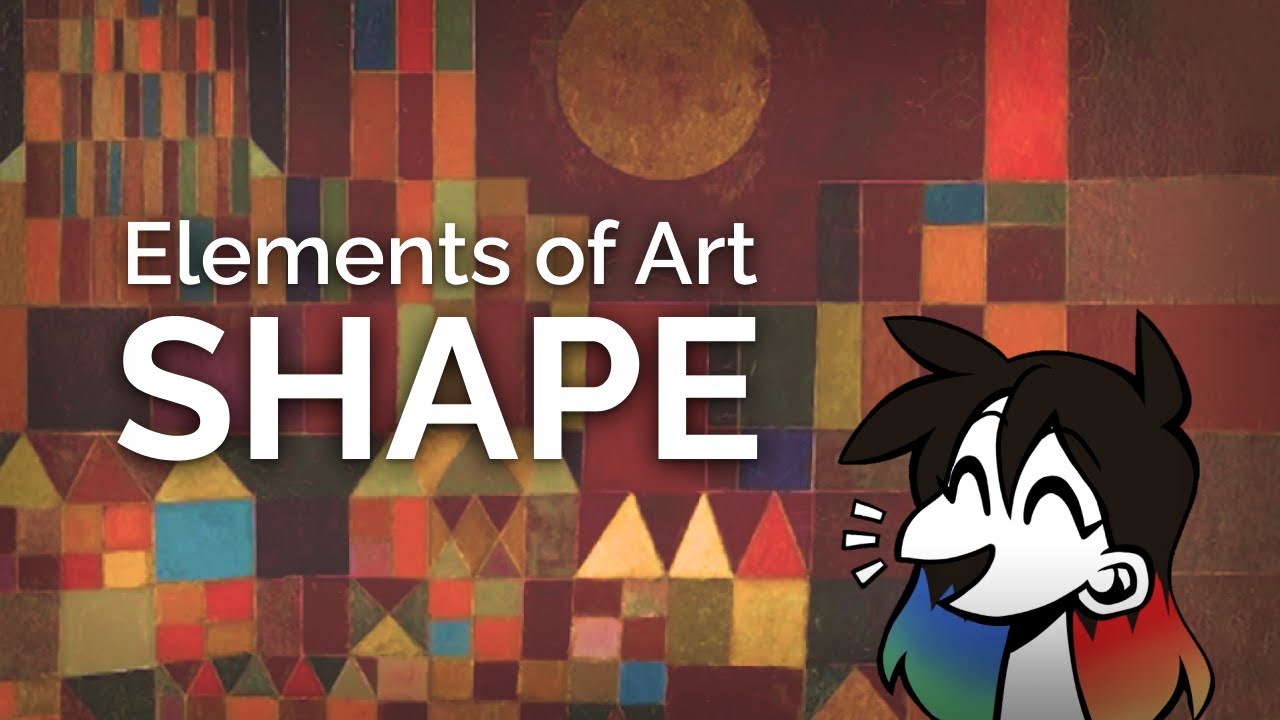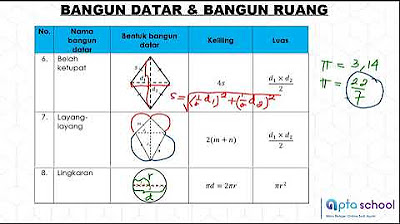FORM: Elements of Art Explained in 7 minutes (funny!)
Summary
TLDRThis video explores the concept of forms in art, which are three-dimensional shapes with depth, expanding upon basic shapes like squares and circles. It distinguishes between geometric forms (like cubes and spheres) and organic forms (natural, flowing shapes), emphasizing their importance in constructing both man-made and natural objects. The video also touches on perspective, foreshortening, and the use of forms in dynamic illustrations. The creator encourages viewers to practice with isometric drawing and geometric forms to improve their skills in creating realistic, 3D art.
Takeaways
- 🎨 Forms are the three-dimensional counterparts to shapes, adding depth alongside length and width.
- 📐 Forms can be categorized into geometric forms (cubes, cylinders, pyramids) and organic forms (irregular, flowing shapes found in nature).
- 🏙️ Geometric forms are used in creating man-made objects, such as buildings and cars, due to their precision and calculability.
- 🌿 Organic forms are natural, unpredictable, and harder to calculate, such as Henry Moore's Reclining Figure.
- 🧍 Geometric forms are essential to building up organic forms, like using cylinders and spheres to draw the human body.
- 🔲 Isometric drawing starts with 3D geometry but lacks vanishing points, used frequently in mobile games and RPGs.
- 📏 Perspective in drawing relies on geometric forms, with one-point, two-point, and three-point perspectives creating depth.
- 👁️ Foreshortening uses geometric forms like cylinders to depict objects receding or advancing, adding dynamic movement.
- 📚 Mastery of shapes is necessary before advancing to forms, and understanding both is critical for accurate perspective.
- 📝 Practice with simple exercises like isometric drawing and gradually introduce perspective to improve your understanding of forms.
Q & A
What is the main difference between shapes and forms in art?
-Shapes are two-dimensional and only have length and width, while forms are three-dimensional, adding depth to the equation. Forms enclose space and are essential for creating realistic, complex artwork.
How are geometric forms different from organic forms?
-Geometric forms are precise, mathematical, and can be named, such as cubes, cylinders, and pyramids. Organic forms, on the other hand, are irregular, unpredictable, and resemble forms found in nature, such as the human body or plants.
Why are geometric forms important for creating man-made objects?
-Geometric forms are easier to calculate and repeat, making them ideal for designing structures like skyscrapers, houses, and cars. Their precision helps artists and architects create consistent and reliable designs.
Can organic forms be broken down into geometric forms? If so, how?
-Yes, organic forms can be broken down into geometric forms. For example, the human body can be simplified into cylinders for limbs and spheres for joints, helping artists to draw organic shapes more accurately.
What is isometric art, and how is it different from true perspective?
-Isometric art is a method of representing three-dimensional objects without using vanishing points, making it simpler than true perspective. In isometric drawings, all lines remain parallel, typically set at 30-degree angles, creating a 'locked' perspective.
Why is perspective important when drawing forms?
-Perspective is important because it makes objects appear three-dimensional on a flat surface. By using one, two, or three vanishing points, artists can make forms recede into the distance, adding depth and realism to their work.
What is foreshortening, and why is it challenging for artists?
-Foreshortening is an extreme form of perspective where objects appear compressed as they come closer or recede into the distance. It’s challenging because the artist must depict the distortion correctly, ensuring the object still looks realistic.
How can artists use geometric forms to improve their foreshortening technique?
-Artists often use rings or coils to depict foreshortened objects, especially limbs and tendrils. By making these rings or coils smaller and closer together as they move away, artists can create the illusion of depth and compression.
What are some basic geometric forms that make up the human body in art?
-Cylinders are often used to represent limbs, spheres for joints and midsections, and rectangular prisms for the torso. These basic forms help artists simplify the human body for drawing in perspective.
What advice does the video give to beginner artists learning to draw forms?
-The video advises beginners to master shapes first before moving on to forms. It suggests starting with simple exercises like drawing isometric scenes and gradually progressing to more advanced techniques like perspective and foreshortening.
Outlines

هذا القسم متوفر فقط للمشتركين. يرجى الترقية للوصول إلى هذه الميزة.
قم بالترقية الآنMindmap

هذا القسم متوفر فقط للمشتركين. يرجى الترقية للوصول إلى هذه الميزة.
قم بالترقية الآنKeywords

هذا القسم متوفر فقط للمشتركين. يرجى الترقية للوصول إلى هذه الميزة.
قم بالترقية الآنHighlights

هذا القسم متوفر فقط للمشتركين. يرجى الترقية للوصول إلى هذه الميزة.
قم بالترقية الآنTranscripts

هذا القسم متوفر فقط للمشتركين. يرجى الترقية للوصول إلى هذه الميزة.
قم بالترقية الآن5.0 / 5 (0 votes)






